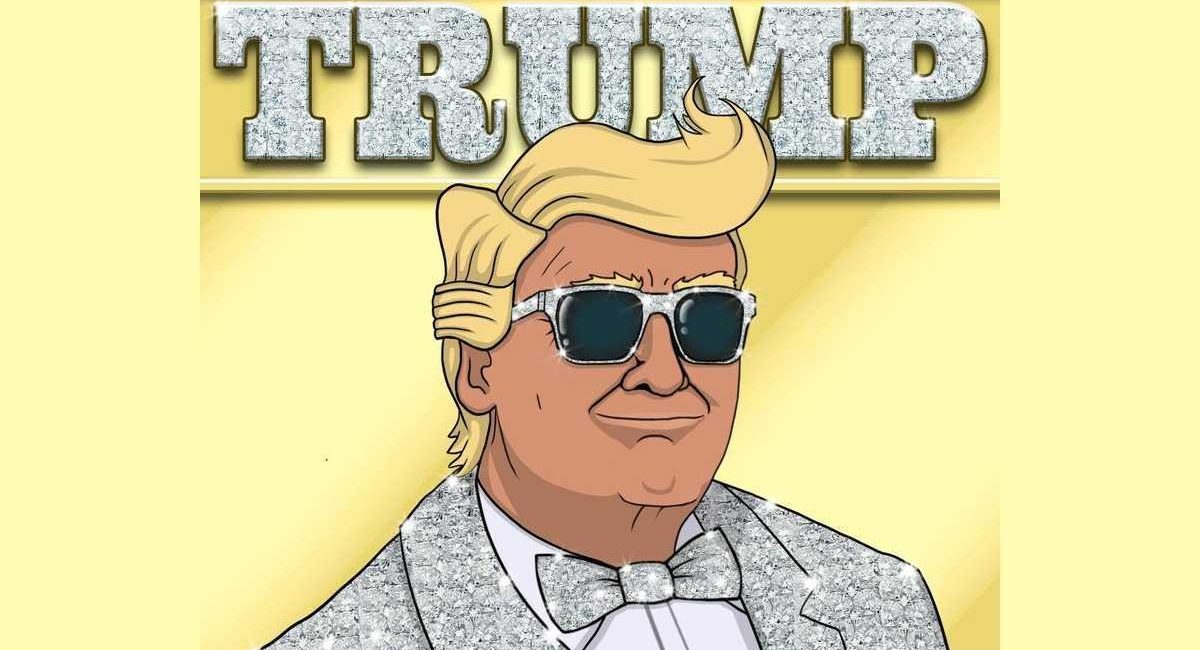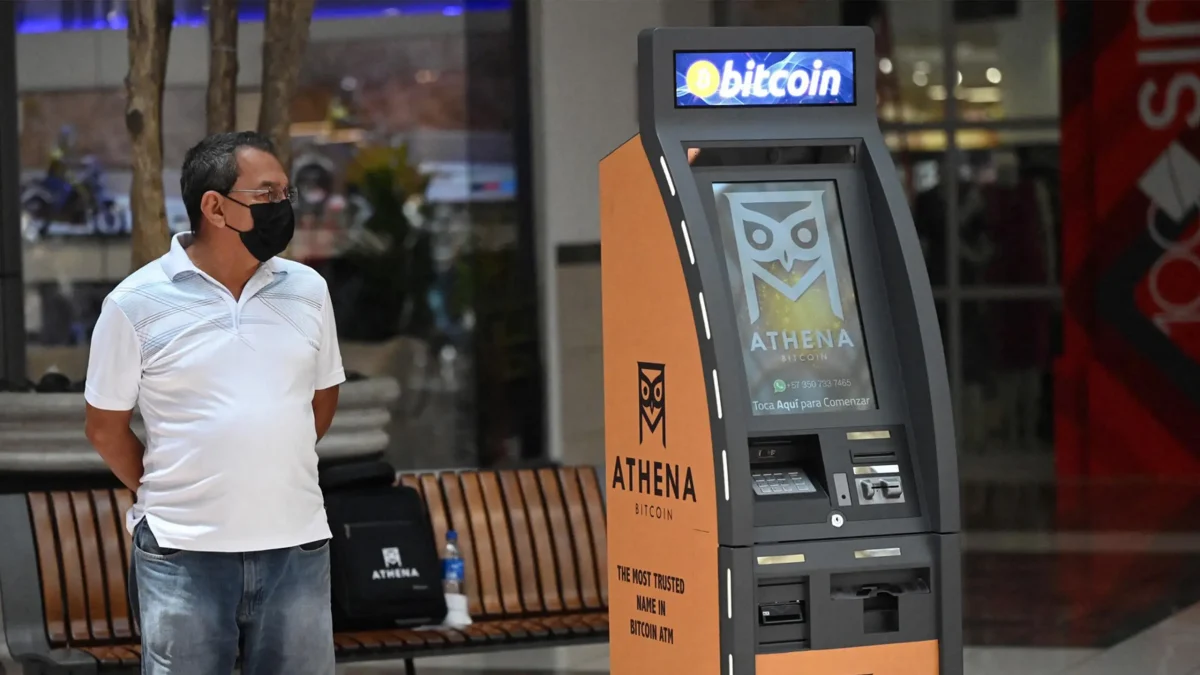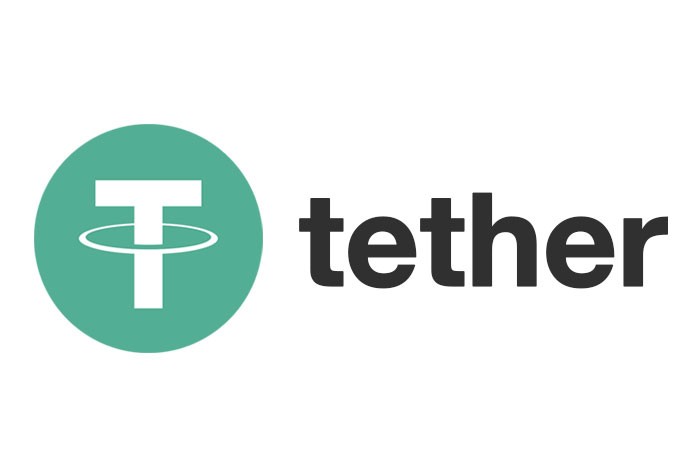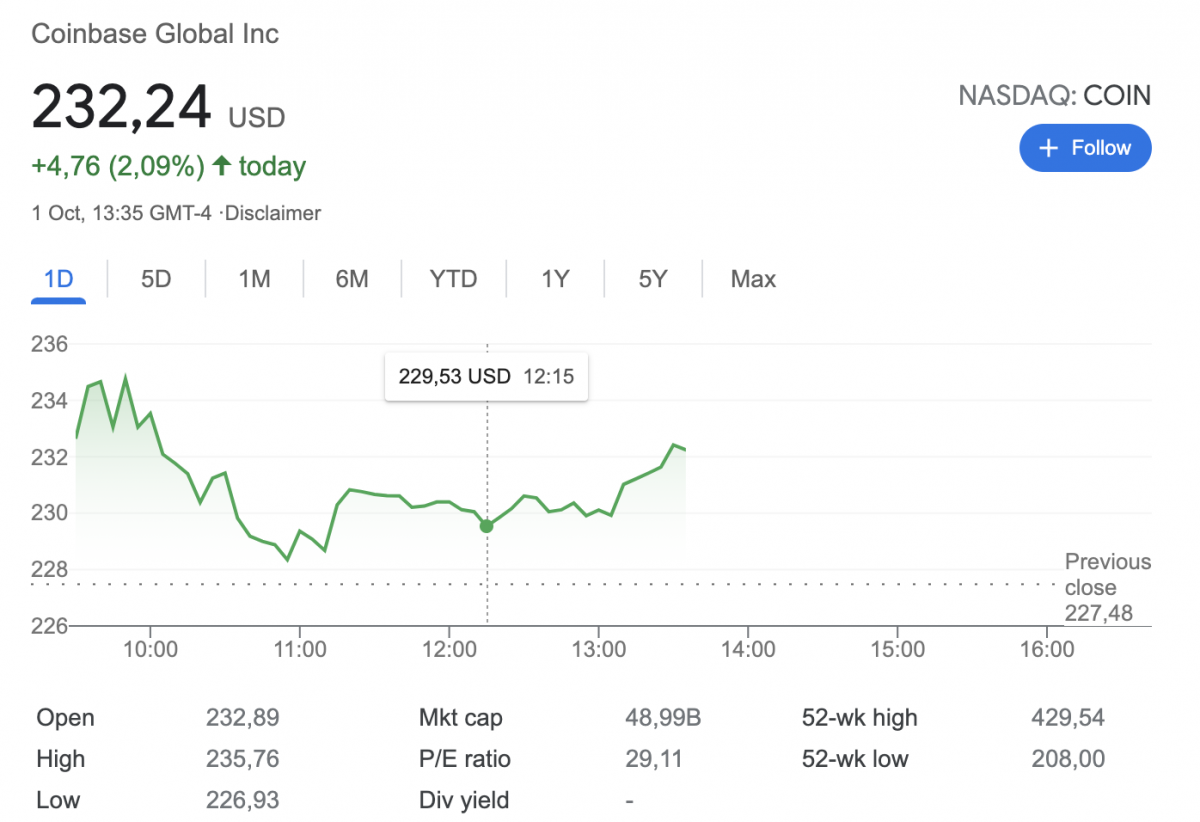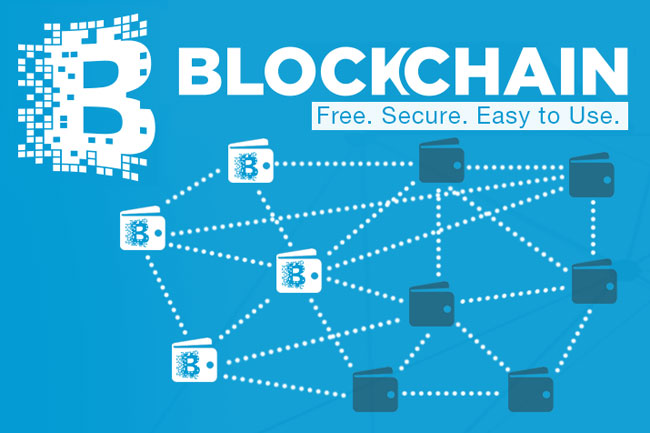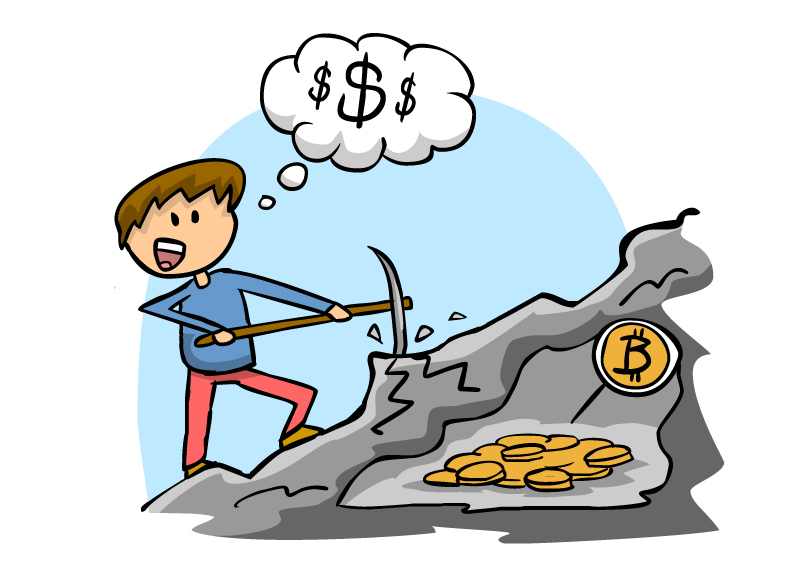When handed a Bitcoin payment code, he fumbled with a custom iPhone and trying to scan it, but unfortunately, modern tech isn’t his forte. Eventually, the bar owner and an assistant stepped in completed the transaction. With his signature smile, Trump declared, “History is being made!” He spent around $950 in Bitcoin, buying burgers and Diet Cokes priced at $17 each. After his paying, Trump took this chance to criticize the Federal Reserve’s recent interest rate cut and suggested that this is either political manipulation or a fiasco U.S. economy. Meanwhile, Bitcoin’s price surged past $62,000, thanks to favorable economic conditions like the rate cut.

Embrace the crypto industry.
Although Trump is already 78, of course cannot be a Bitcoin expert, he has made several pro-crypto promises. At PubKey, he told the crowd that if he could be re-elected, he would stop the Federal Reserve’s work on a central bank digital currency and fire SEC Chairman Gary Gensler on his first day back in office. Trump also pledged to make the U.S. a “global cryptocurrency and Bitcoin capital,” establish a “Bitcoin national reserve,” and set up a presidential advisory committee on cryptocurrency.
Business! It is all about business!
Trump used to call Bitcoin as a “scam”, but now he embraces it isn’t without reasons. On one hand, there are about votes and campaign funds. After promising a crypto-friendly regulatory environment, Trump’s campaign has received millions in cryptocurrency donations.On the other hand, there are family interests in this game. Trump and his sons recently announced a new venture, “World Free Finance,” which aims at providing financing alternatives to those underserved by traditional banks.
As a typical businessman, Trump has also profited handsomely from the NFT boom. In 2023, he made nearly $7.2 million selling Trump-themed NFTs, including special edition digital trading cards featuring his infamous red tie and suit worn during his Georgia arrest. Trump’s embrace of cryptocurrency combines politics and profit, turning his campaign into both a rallying cry and a business venture in the crypto world.

Cryptocurrencies have evolved into significant political and financial tools. Donald Trump’s recent use of Bitcoin, with his promises to make the U.S. a “global cryptocurrency capital,” signals the growing political importance of virtual currencies. Initially skeptical, Trump now leverages Bitcoin to attract campaign donations and appeal to younger voters.
Bitcoin’s value is tied to economic conditions, such as the recent surge past $62,000 following Federal Reserve actions, but its volatility poses risks for mainstream adoption (Nakamoto, 2008; Yermack, 2015). Furthermore, Trump’s opposition to central bank digital currencies reflects broader debates about regulation in the crypto space, where decentralization is seen as both an opportunity and a risk (Narayanan et al., 2016; Schär, 2021).
Reference:
Nakamoto, S. (2008). Bitcoin: A Peer-to-Peer Electronic Cash System. Retrieved from https://bitcoin.org/bitcoin.pdf
Yermack, D. (2015). Is Bitcoin a Real Currency? An Economic Appraisal. In D. Lee Kuo Chuen (Ed.), Handbook of Digital Currency (pp. 31-44).
Elsevier.Narayanan, A., et al. (2016). Bitcoin and Cryptocurrency Technologies. Princeton University
Press.Schär, F. (2021). Decentralized Finance. St. Louis Fed Review, 103(2), 153–174.
